Best Printing Methods for T-Shirts: Pros and Cons
Choosing the right T-shirt printing technique can make or break your project—whether you're launching custom apparel, designing for print-on-demand services, or planning a promotional run. With so many options available in the apparel customization industry, it’s essential to understand how each method impacts cost, quality, durability, and fabric compatibility.
Why Choosing the Right Printing Method Matters?
Before jumping into inks and presses, think about your design, fabric type, and production goals. The right match ensures a high-quality outcome while keeping your budget in check.
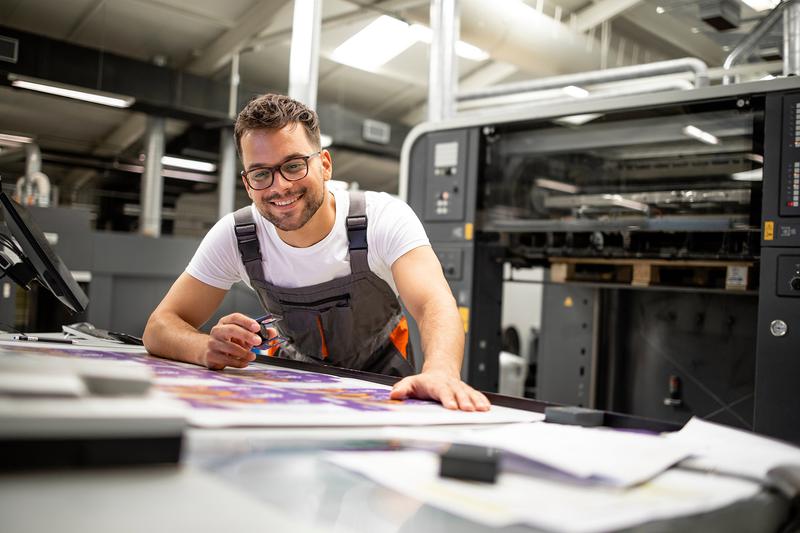
Different printing methods
Impact on Cost, Quality, Durability, and Feel
Each shirt printing technique delivers different results. Some offer rich, long-lasting prints, while others shine in short-run or detailed jobs.
Factors to Consider: Design Type, Fabric, and Quantity
Consider if your design is full-color or simple. Know your fabric type—whether it's cotton or polyester, or a ringspun cotton blend—and estimate the quantity. That choice impacts print clarity, softness, and durability.
Matching the Method to Your Purpose
From fashion manufacturing systems to custom gifts, different goals call for different techniques. Your choice should align with your brand, event, or production scale.
Screen Printing
Overview
Screen printing is a traditional method where ink is pushed through a mesh screen onto the fabric. Each color requires a separate screen, making this technique ideal for bold designs with limited colors. It's well-suited for cotton T-shirts and widely used in commercial settings. (It’s the go-to for bold logos on heavyweight graphic tees designed to last.)
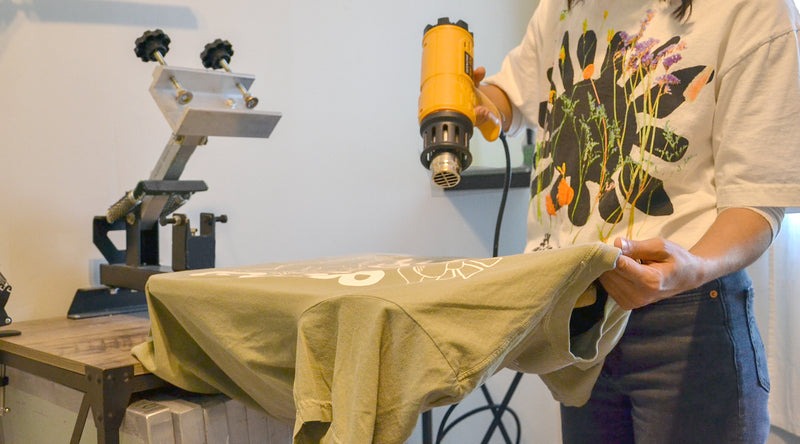
Screen printing T-shirt
Pros
-
Long-lasting prints: Great for uniforms or merch worn frequently.
-
Bulk-friendly pricing: Ideal for 100+ shirts, like team or company orders.
-
Strong color output: Especially effective for dark shirts or high-contrast logos.
Cons
-
Expensive setup for small runs: Not cost-efficient for 1-10 pieces.
-
Not great for detailed or multi-color art: Limits use for photo-style prints.
-
Design inflexibility: Changes require new screens, increasing costs.
Best For
-
Bulk T-shirt orders
-
Brand merchandise with simple logos
-
Events or schools needing durable prints
Direct-to-Garment (DTG) Printing
Overview
DTG printing uses inkjet technology to print directly onto fabric. It enables high-resolution, full-color prints and handles gradients or detailed artwork well. It works best on 100% cotton and is favored by print-on-demand platforms and independent artists.
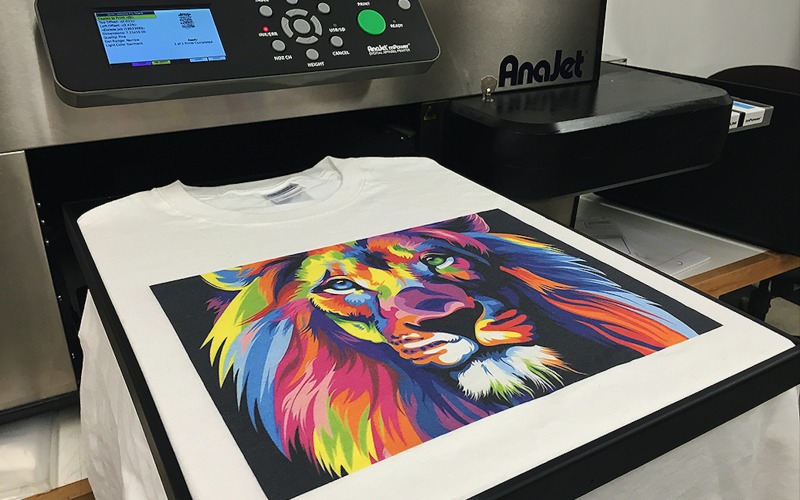
DTG printing T shirt
ProsT-shirt
-
No minimum orders: Perfect for single custom designs.
-
Photo-quality detail: Great for digital art, album covers, or custom portraits.
-
Quick launch: Upload and print with no setup.
Cons
-
Cotton-dependent: Not ideal for synthetics or polyester blends.
-
Fades faster than screen print: Not ideal for long-term wear.
-
Slower for large runs: Each piece prints individually.
Best For
-
Custom artist tees
-
On-demand e-commerce shops
-
Small-batch print projects
Though photo-quality, DTG prints can fade—learn how to prevent your graphic tees from cracking and extend their life.
Heat Transfer Printing
Overview
Heat transfer printing uses heat and pressure to transfer a printed design from paper to fabric. It’s simple, affordable, and common for DIY T-shirt printing at home or small-batch custom orders.
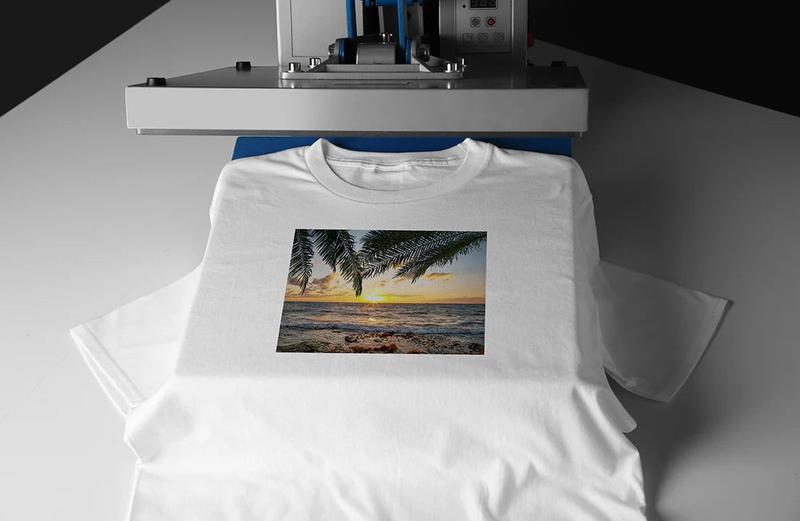
Heat transfer printing T-shirt
Pros
-
Full-color results: Prints photographic images well.
-
Beginner-friendly: Works with basic tools like a household iron.
-
Low-cost setup: Excellent for short runs and occasional use.
Cons
-
Stiffer feel: The print layer adds texture.
-
Durability issues: Designs may crack or peel over time.
-
Less breathable fabric surface: Not ideal for comfort or daily wear.
Best For
-
Personalized gifts and photo tees
-
DIY hobbyists and home printers
-
Event-specific or novelty apparel
Great for novelty or personalized apparel like funny animal shirts or one-off graphic tee outfit ideas for parties or events.
Sublimation Printing
Overview
Sublimation works great on polyester fabrics but won’t bond well to tri-blend shirts or natural cotton. (If you're printing activewear or hoodies, fabric selection matters just as much.)
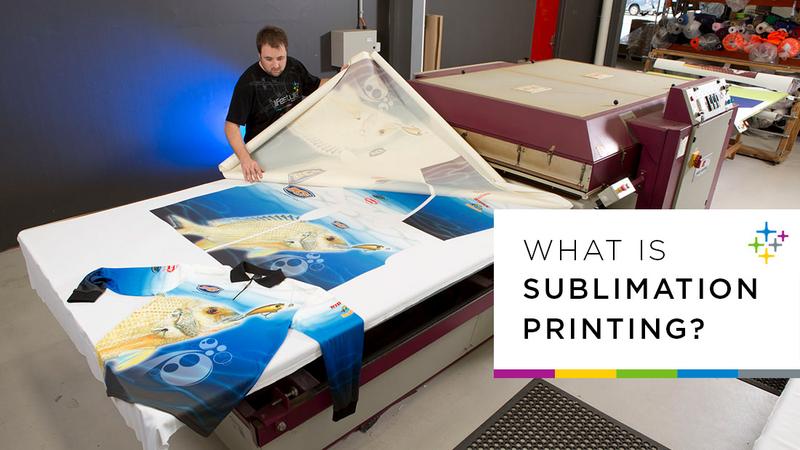
Sublimation printing T-shirt
Pros
-
No texture: Designs become part of the fabric.
-
Fade-resistant: Prints remain bright and colorful.
-
Perfect for all-over prints: Works well for full-shirt graphics.
Cons
-
Polyester-only: Not suitable for cotton fabrics.
-
Requires light-colored garments: Won’t work on black or dark colors.
-
Higher equipment investment: Better suited for production environments.
Best For
-
Custom sportswear and fitness gear
-
Edge-to-edge T-shirt designs
-
Stretchy, moisture-wicking clothing
Vinyl Printing (HTV)
Overview
Heat transfer vinyl (HTV) involves cutting shapes from vinyl sheets and pressing them onto garments. It creates a slightly raised, durable graphic and is widely used for adding names, numbers, and bold logos.
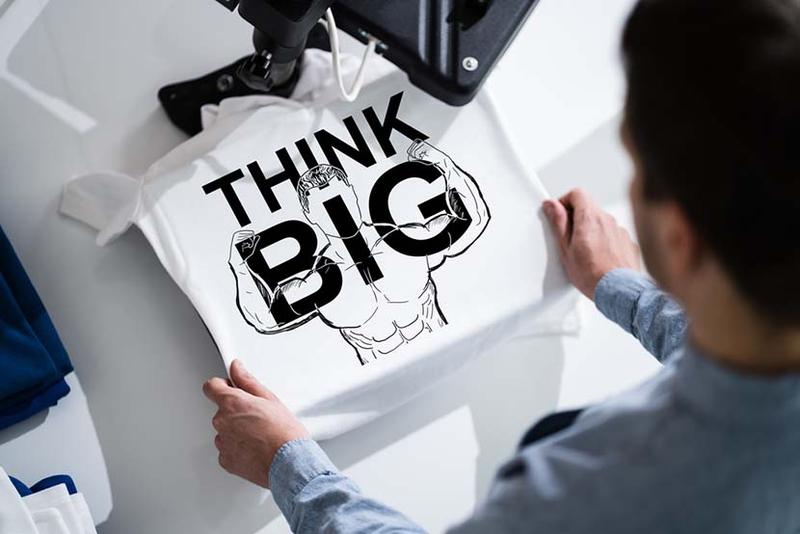
Vinyl printing T-shirt
Pros
-
Excellent personalization: Great for names or initials.
-
Durable for block shapes: Lasts long on less-flexible fabrics.
-
Clean, sharp visuals: Great for promotional or branded tees.
Cons
-
Limited design complexity: Not suitable for multi-color or photo designs.
-
Heavy feel: Adds weight and stiffness to the garment.
-
Peeling risk over time: Especially with frequent washes.
Best For
-
Jerseys and team apparel
-
Custom gifts with simple text or symbols
-
Promotional shirts or giveaways
Direct-to-Film (DTF) Printing
Overview
DTF printing prints your design on PET film, adds a powder adhesive, then heat-transfers it onto any fabric. It combines the flexibility of DTG with better fabric compatibility and durability. It’s gaining popularity for small shops and startups.
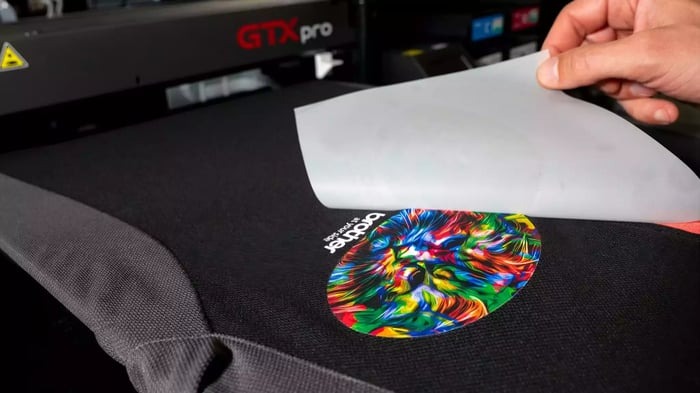
DTF printing a T-shirt
Pros
-
Works on most fabrics: Cotton, polyester, blends, and more.
-
Detailed and colorful: Great for logos, art, and branding.
-
More durable than DTG: Stands up better to wear and washing.
Cons
-
Still new in the market: Fewer providers and learning curves.
-
Requires specialized tools: PET film, hot-melt powder, heat press.
-
Color calibration can be tricky: You may need testing for accurate results.
Best For
-
Small fashion labels
-
Shops customizing on multiple fabrics
-
Detailed designs needing vivid results
Not sure which printing technique suits your needs? Here's a quick side-by-side comparison to help you decide. Whether you're printing in bulk, customizing one-off designs, or working with specific fabrics, this table breaks down the best uses, key advantages, and trade-offs of each method.
| Method | Best For | Pros | Cons |
| Screen Printing | Bulk, merch | Durable, color vibrant |
Not for photo/detail
|
| DTG | POD, 1-off | High-res, fast | Needs cotton |
| Heat Transfer | DIY, gifts | Cheap, easy | Less durable |
| Sublimation | Sportswear | Fade-proof | Polyester only |
| Vinyl (HTV) | Names, numbers | Sharp, durable | Heavy feel |
| DTF | Branding, mix fabric | Detailed, flexible | Needs setup |
Final Thoughts: Choosing the Right Printing Method
Each T-shirt printing method offers unique strengths. Consider your fabric, design complexity, and order size before choosing.
Quick Summary
-
For bulk durability: Screen printing
-
For one-off detailed designs: DTG
-
For DIY or budget projects: Heat transfer or vinyl
-
For bright polyester prints: Sublimation
-
For versatile, durable options: DTF
Need help picking the best technique? Check out our related posts on DTG vs screen printing and different methods of printing on fabric.
Thanks for reading! Hope this helped you feel more confident about your printing choices. Wishing you smooth prints, bold designs, and lots of creative fun ahead!
Frequently Asked Questions (FAQs)
What is the most durable T-shirt printing method?
Screen printing is generally the most durable, especially for bulk orders. It holds up well through many washes, making it ideal for uniforms or merchandise.
Which printing method is best for full-color or photo-realistic designs?
Direct-to-Garment (DTG) is the go-to for detailed, high-resolution images and full-color prints. It's perfect for digital artwork or custom portraits.
Can I print on polyester T-shirts?
Yes, but not all methods work well. Sublimation and Direct-to-Film (DTF) are the best for polyester. DTG, on the other hand, works best on 100% cotton.
What’s the best printing method for small quantities or one-off designs?
DTG and Heat Transfer Printing are ideal for small runs or one-off prints. They require little setup and work well for personalized orders.
What’s the difference between DTG and DTF?
DTG prints directly on fabric and is ideal for cotton. DTF (Direct-to-Film) uses film transfers and works on a wider range of fabrics, often producing more durable results.
Can I do T-shirt printing at home?
Yes! Heat Transfer Vinyl (HTV) and Heat Transfer Paper are beginner-friendly options for home use, especially with a household iron or heat press.
What printing method is best for all-over T-shirt designs?
Sublimation excels in edge-to-edge (all-over) prints on light polyester garments. It embeds dye into the fabric with no texture or fading.
Which is better for print-on-demand: DTG or DTF?
Both are popular for POD, but DTF is gaining favor for its durability and ability to print on more fabric types. DTG still shines in image quality on cotton shirts.
Recent Posts
- How Long Can Raccoons Survive Without Food or Water?
- How Long Do Raccoons Live? Wild vs Captive Lifespans Explained
- Are Raccoons Marsupials? Here's the Truth Behind the Confusion
- Are Raccoons Related to Bears? The Evolutionary Truth Explained
- Is a Raccoon a Rodent? The Truth About Their Classification
- 15 Animals That Look Like Raccoons and What Makes Them So Similar
- What Are Raccoons Good For? 4 Surprising Benefits You Should Know
- What’s a Group of Raccoons Called? Fun Facts & Rare Terms
- 20 Fun Facts About Raccoons That'll Surprise You
- Return Policy for Clothing Online: What You Need to Know

